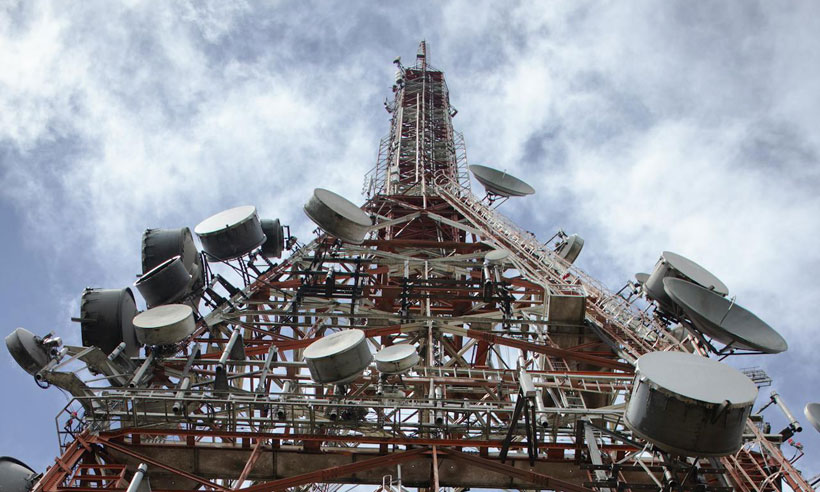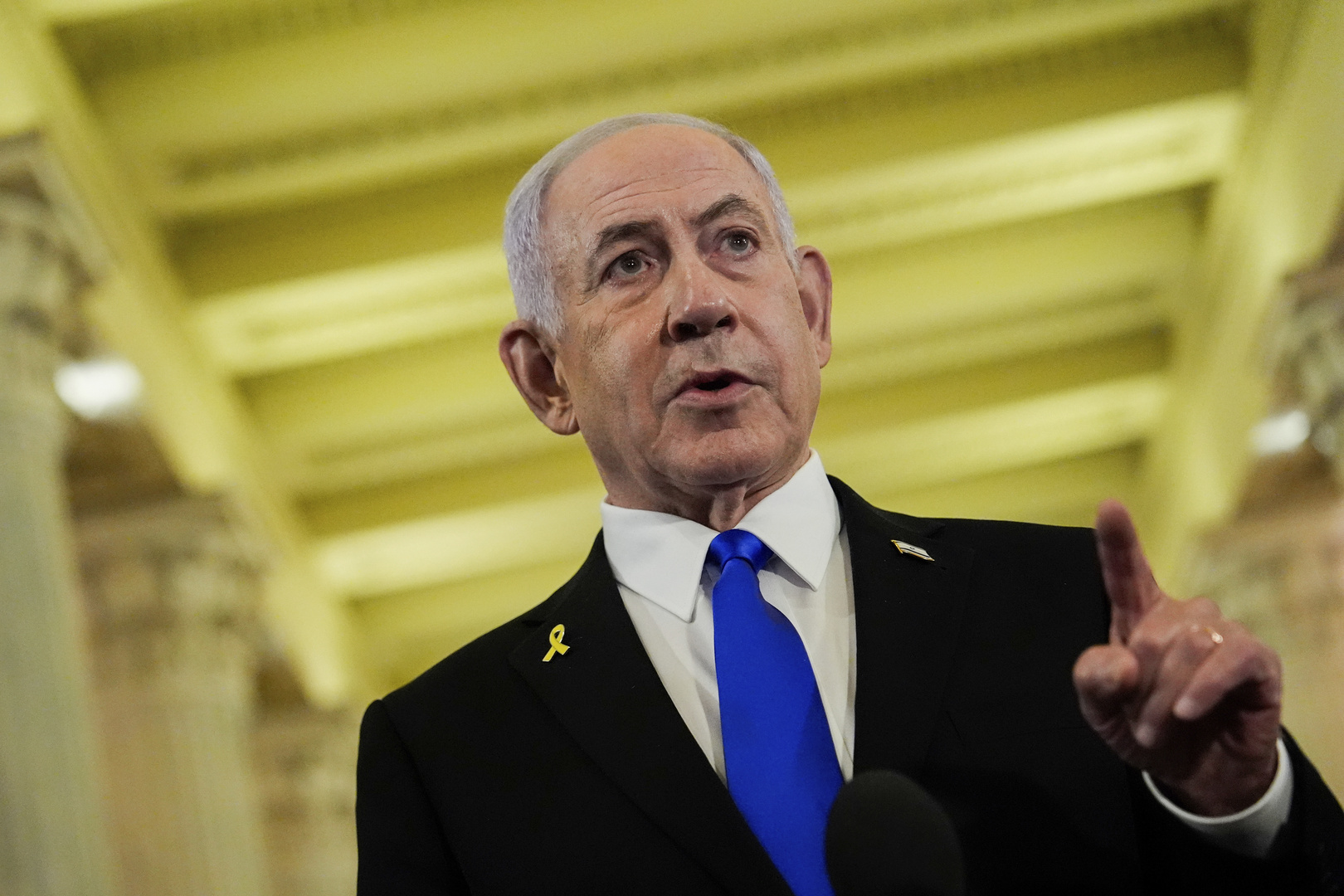Indonesia’s Telco Crossroad: Challenges and Opportunities in the Global South
Indonesia’s telecommunications sector is at a historic crossroads. After a decade of consolidation, three groups — TelkomGroup (with Telkomsel), Indosat Ooredoo Hutchison (IOH) and XL Axiata/Smartfren (XL Smart) — now control about 95% of the market’s revenue . This “healthy oligopoly” promises economies of scale and opens the door for infrastructure sharing, yet it also raises a sobering question: will these carriers become mere commodity providers squeezed by over‑the‑top (OTT) platforms, or will they emerge as strategic national enablers for Indonesia’s digital economy?
The Stagnation Trap: Core Problems and Risks
Low ARPU and Prepaid Dominance – Nearly 97% of Indonesian mobile subscribers are prepaid . Customers churn easily, forcing operators into price wars. As a result, the blended average revenue per user (ARPU) sits at only ~IDR 35,700 (US$2.38) and has been almost flat.
population was covered by 5G, mainly using refarmed 4G spectrum . The for years. Such thin margins, coupled with commoditization of connectivity, echo a global pattern where telco revenues grow slowly while capital expenditures continue to rise .
Limited 5G Spectrum and Slow Deployment – Indonesia’s 5G rollout remains selective and urban. In 2024 only 26.3% of the country currently has 360 MHz of mid‑band spectrum assigned for mobile services, far below the ~2 GHz average required to capture 5G’s full economic impact. Analysts note that refarming the 2.6 GHz and 700 MHz bands and releasing more mid‑band frequencies are urgent to prevent Indonesia from falling behind .
Spectrum Reform and Regulatory Bottlenecks – Twimbit’s 2023 update observes that spectrum scarcity has delayed 5G launches and forced operators to invest cautiously. Government digital roadmaps push for 5G, but licensing remains fragmented and expensive. Without transparent auction policies and neutral‑host models for shared infrastructure, the industry risks duplication and inefficiency.
Cybersecurity and Trust Deficit – High‑profile data breaches — including leaks affecting more than a billion SIM‑card activation records — spurred Indonesia’s Personal Data Protection law. Implementing this law will require significant investment in cybersecurity. EY research warns that two‑thirds of consumers want better explanations of how AI is used and 40% of telco employees feel unprepared to use AI responsibly. Moreover, 57% of telecom executives worry about security attacks on physical assets, and Southeast Asian operators must balance innovation with strong compliance and trusted AI to counter rising cyber risks .
Talent and Skills Shortage – Telcos struggle to attract and retain digital talent. EY’s Telco of Tomorrow survey shows that industry executives rank talent and culture as their top transformation inhibitors; poor collaboration and missing skills hinder innovation. Competing with hyperscalers for AI and cloud expertise is an uphill battle, especially as Indonesia’s young engineers often migrate to global tech firms.
Financial Pressures and Capital Intensity – Globally, telco revenues are projected to grow at a compound annual rate of only 2.9% to 2028, while ARPU continues to decline. Indonesia’s carriers therefore face a scenario where most cash is absorbed by capital expenditures, dividends and debt servicing , leaving little room for innovation. Without new revenue streams, their role may stagnate.
Hidden Opportunities: Why Indonesia Still Holds Promise
Despite these headwinds, the country’s 280 million citizens and rapidly growing digital economy offer unique opportunities. Indonesia’s GDP grew 5.3% in 2022 and its telecom revenue is expected to grow at 6.1% CAGR between 2023–27, outpacing global averages. Operators and policymakers can tap several levers:
Infrastructure Sharing and Neutral Hosts – With three large players and tens of thousands of towers, sharing becomes logical. Twimbit notes that Telkomsel, XL and Smartfren operate more than 165 000, 91 000 and 43 000 4G sites respectively. Active sharing, fibre co‑build and neutral‑host models reduce duplication and free capital for new services.
Accelerated Spectrum Release – Refarming of the 2.6 GHz and 700 MHz bands and auctioning the 3.5 GHz mid‑band could enable Indonesia to meet the 2 GHz requirement. Transparent, cost‑effective auctions will encourage investment and prevent a repeat of 5G’s initial delays.
Diversifying Beyond Connectivity – Telcos are shifting to non‑connectivity revenue streams. Telkomsel created INDICO, focusing on education, health and gaming verticals, and saw its digital business revenue grow 17.4% year‑on‑year . Enterprise services are a priority: carriers now offer IoT, cloud computing and managed services to businesses. This pivot from consumer to B2B mirrors global advice that AI, fixed connectivity and vertical solutions are the ingredients for growth.
Trusted AI and Data Sovereignty – Indonesia can leverage its telcos as sovereign enablers rather than mere “techco” By investing in secure sovereign clouds, digital identity and data‑classification systems, carriers can provide AI‑powered services while ensuring national data stays onshore. EY’s insights stress that as AI becomes pervasive, building trust and clear privacy policies is essential. Indonesia’s new data protection law compels operators to bolster cyber defenses, turning compliance into a competitive advantage.
Bridging the Digital Divide – Indonesia’s archipelagic geography means connectivity gaps persist. The government’s Palapa Ring fibre backbone connects remote islands, but 5G coverage remains low. Satellite‑enabled non‑terrestrial networks, community internet for rural areas, and targeted subsidies can help ensure that digital inclusion accompanies growth.
A Path Forward: Policy and Industry Recommendations
For Indonesia to avoid stagnation and instead become a digital powerhouse of the Global South, stakeholders must act in concert:
Enact Pro‑Growth Regulation – Regulators should adopt an orchestrator role, promoting shared infrastructure and neutral‑host models, streamlining spectrum auctions and fostering healthy collaboration. Transparent policies can align private investment with national goals.
Prioritize Mid‑Band Spectrum – Release at least 200–300 MHz of the 3.5 GHz band and integrate it with the 700 MHz auction . Reserve prices should be conservative to encourage robust 5G rollout.
Invest in Talent and Innovation – Government, academia and industry must co‑create programs to develop AI, cybersecurity and cloud skills. Public‑private partnerships can sponsor scholarships and nurture a local digital workforce.
Leverage AI Responsibly – Telcos should harness generative AI to reduce costs, personalize services and improve network efficiency, while adhering to strict privacy standards . Clear communication about AI use can rebuild customer trust.
Expand Non‑Connectivity Services – Operators need to emulate digital leaders by offering integrated fintech, healthtech, education and entertainment services. Building “digital ecosystems” will differentiate them from commoditized connectivity and create new revenue streams.
Conclusion
Indonesia’s telco sector stands between two futures. One path leads to commoditization and slow decline, as global OTT giants capture the value created by local networks. The other path requires bold policies, shared infrastructure, spectrum reform and investment in AI and talent. By choosing the latter, Indonesia’s operators can become sovereign digital enablers — powering not just connectivity but the nation’s broader ambitions for health, education, industry and sovereignty. The moment for decisive action is now.


